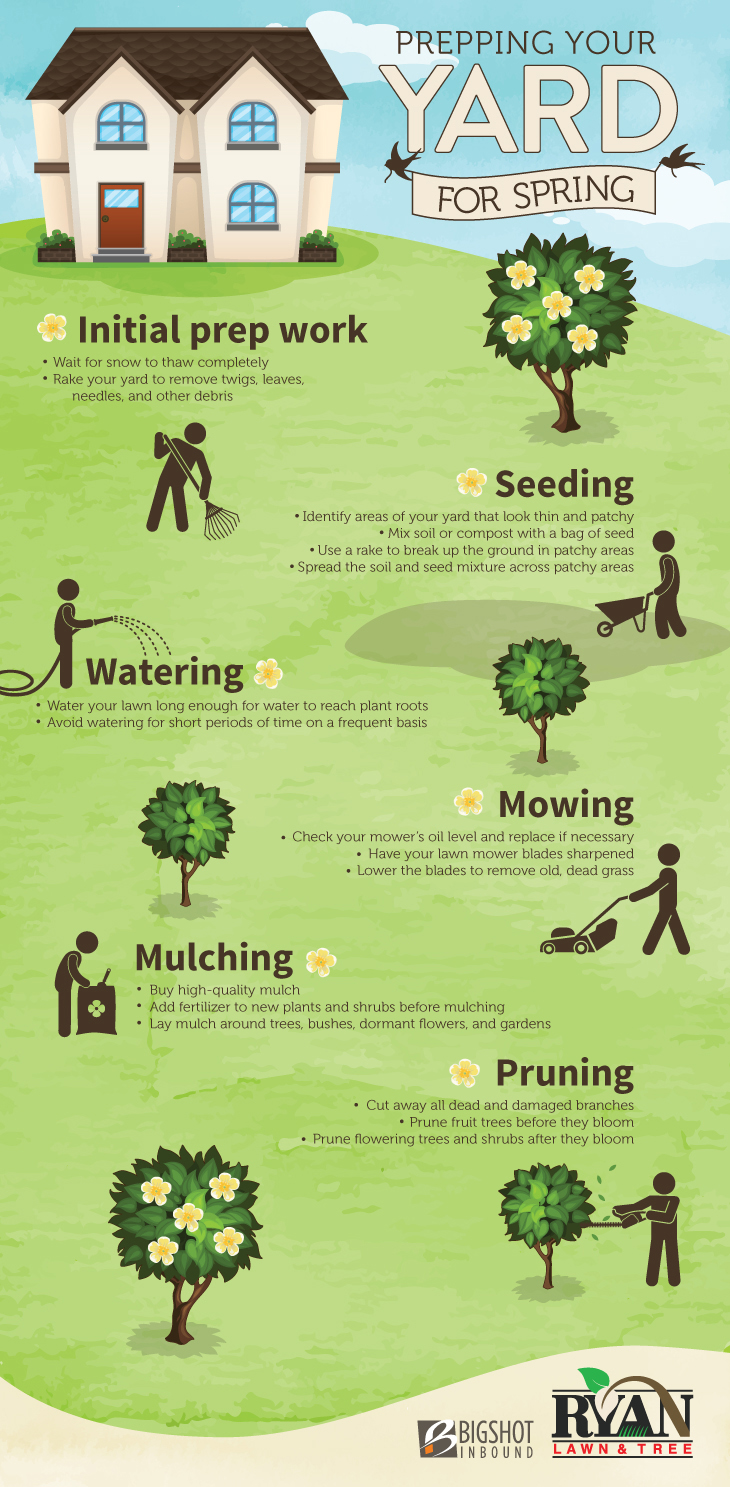Tree Treatment By Season: Effective Strategies For Handling Trees Prior To And After Their Removal
Tree Treatment By Season: Effective Strategies For Handling Trees Prior To And After Their Removal
Blog Article
Write-Up Author-
When it pertains to seasonal tree care, making sure correct monitoring prior to and after removal can dramatically impact the health and wellness and aesthetic appeals of your landscape. By understanding the necessary steps involved in assessing tree health and wellness and planning for removal, you can proactively secure your home. Yet what concerning the important practices to comply with when the tree is gone? Remain tuned to discover experience growth -removal care procedures that will certainly help you cultivate a flourishing and sustainable atmosphere for your trees.
Pre-Removal Tree Care
Prior to resolving the removal of a tree, it's important to focus on pre-removal tree care. Begin by assessing the tree's health and wellness and structural honesty. Search for signs of disease, pest infestations, or any architectural issues that might position a security risk during removal. It's important to seek advice from a qualified arborist to figure out the most effective strategy.
Trimming dead or unhealthy branches can stop more damages to the tree and ensure a smoother elimination process.
Furthermore, consider the environmental effect of removing the tree. Trees play a vital function in our ecosystem, so planting a new tree in an ideal place can aid counter any loss. Guarantee that you have the needed permits and permissions for tree elimination, especially if the tree is protected by neighborhood laws.
Seasonal Maintenance Tips
Assessing your tree's demands throughout the year is critical for its health and wellness and durability. To keep your trees in leading condition, comply with these seasonal upkeep pointers.
In springtime, focus on trimming to remove dead or damaged branches and urge brand-new development.
Summer requires normal watering, particularly throughout dry spells, to guarantee your tree stays hydrated.
As loss techniques, watch out for early indicators of condition or stress, and take into consideration using compost to protect the roots throughout wintertime.
In winter, be cautious when removing snow from branches to stop damage, and remain to check your tree's general wellness.
Keep in mind to change your treatment regular based on the details demands of your tree species and local environment. By staying https://jeffreyjdysm.blogdeazar.com/30398418/trick-advantages-of-engaging-specialist-tree-debris-removal-provider and aggressive throughout the seasons, you can help your trees flourish and flourish for years ahead.
Post-Removal Tree Treatment
To make sure the health of your landscape also after tree removal, correct post-removal treatment is necessary. After a tree is eliminated, it's critical to fill up the continuing to be hole with topsoil and compact it to prevent settling. This will certainly aid maintain the integrity of the ground and stop possible hazards in the future.
Think about growing brand-new plant life instead of the gotten rid of tree to restore the balance and aesthetics of your landscape. Consistently water the area to promote the development of brand-new plants and avoid dirt disintegration.
Inspect the surrounding trees for any type of indicators of disease or stress and anxiety that might have been triggered by the eliminated tree. Watch out for bugs that may've been drawn in to the previous tree and take preventive measures to shield the remaining plant life.
If required, speak with an expert arborist to assess the influence of the elimination on the bordering trees and establish any kind of added care required. By adhering to these post-removal care steps, you can guarantee the continued wellness and elegance of your landscape.
Final thought
In conclusion, positive seasonal tree care is crucial for keeping the health and equilibrium of your landscape. By analyzing tree health, trimming, and consulting with an arborist prior to elimination, you can ensure a secure procedure. After elimination, filling up the hole, growing new vegetation, and regular watering will advertise new growth and protect against erosion. Keep in mind to evaluate surrounding trees for disease and seek more care procedures from an arborist to keep your landscape prospering.
